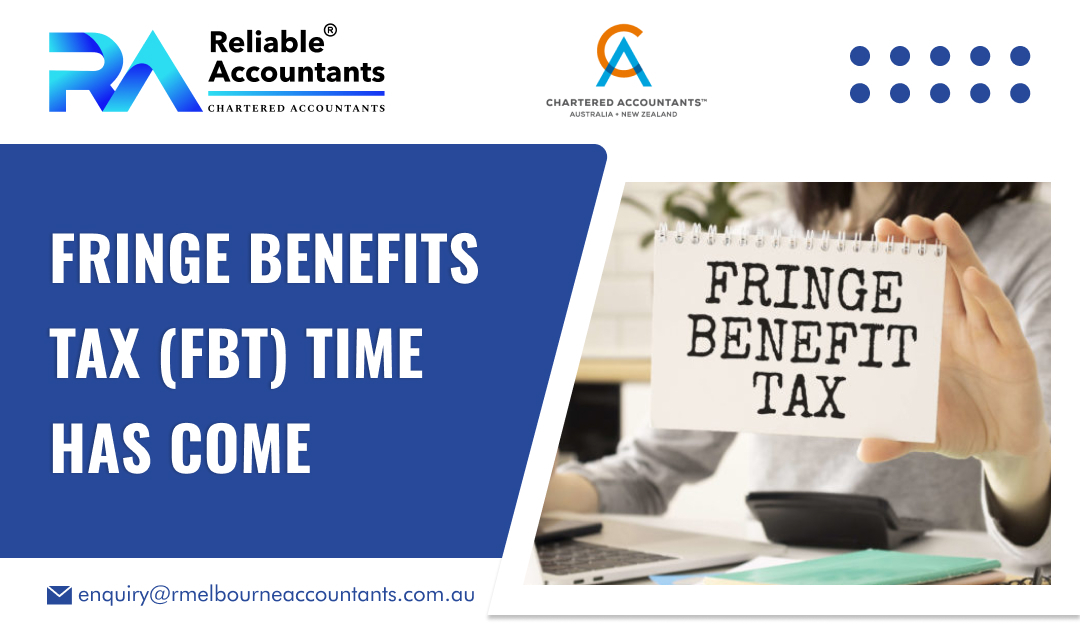If you are an employer providing benefits to your employees, then you need to be ready to file your fringe benefits tax return and pay the FBT you owe. Fringe benefits tax is time here. From 1 April, the FBT year starts. To know more about FBT year, read this blog.
Do You Need to File an FBT Return?
If you are an employer and have offered some benefits to your employees apart from their wages and salary, it is crucial to understand how FBT works and what will be included in fringe benefits. You need to file fringe benefits tax return if, for the FBT year (1 April to 31 March), you either:
- have fringe benefits tax payable on fringe benefits you offered to your employees
- made FBT instalments through your activity statements.
Benefits that relate to FBT include offering staff a work car for private use, tickets to a show or an event, or gym memberships. If you offer these benefits to your employees, ensure you know how to file and pay the FBT. Here are some easy steps to help you get FBT reporting accurate the first time:
- Check out the types of fringe benefits you offer.
- Check out the taxable value of each fringe benefit.
- File an FBT return and pay by 21 May if you are a self-preparer. If a small business accountant files electronically on your behalf, you have until 25 June.
- Maintain accurate records to support your FBT position and calculation.
In case, you don’t have an FBT liability for the 2023-24 FBT year but you are registered for FBT, you will have to send the ATO FBT non-lodgment advice form. If you are lodging an FBT return through a tax professional for the first time, then make sure to contact the tax professional before 21 May so they can add you to their FBT client list. It ensures you are liable for the June lodgment and payment date.
FBT Instalment Payments through Activity Statements
In case you need to pay FBT of $3,000 or above for the year, then you need to pay quarterly FBT instalments in the next year. The ATO will send you an activity statement each quarter. After lodging your annual FBT return, you offset the instalments you paid against your actual FBT liability during the year. If your instalments are:
- not above your liability, you pay the shortfall
- above your liability, the ATO refund the excess.
Make sure to file all your activity statements for the FBT year, which ends on 31 March, including the March quarter, prior to filing your FBT return. Your FBT return will not be processed until you lodge all your activity statements.
Due Date to File Your Fringe Benefits Tax Return and Pay
You are required to file your return and pay the FBT you owe by 21 May, unless:
- your tax accountant in Melbourne lodges your return electronically – in this case, the due date is 25 June (you should be an FBT client of your tax professional by 21 May)
- the ATO accepts your request for an extension of time.
If the due date is on a weekend or public holiday, the due date will be on the next business day. If you are filing your FBT return through a tax professional for the first time, then contact them prior to 21 May. The tax professional are required to add you to their FBT client list by this date so you become eligible for the June lodgment and payment date.
How to File Your FBT Return?
You can file your FBT return:
- electronically, using Standard Business Reporting
- through your tax professional
- by posting a paper FBT returns to the ATO.
If you lodged an FBT return electronically, then it will be processed within 14 days. On the other hand, paper lodgments will be processed within 50 business days.
Conclusion
Now that you know that fringe benefits tax time has come. If you are an employer, then you must know what benefits come under fringe benefits. If you are not experienced in lodging and paying FBT, then you can receive support from our Relible Melbourne Accountants.
More Useful Links:

